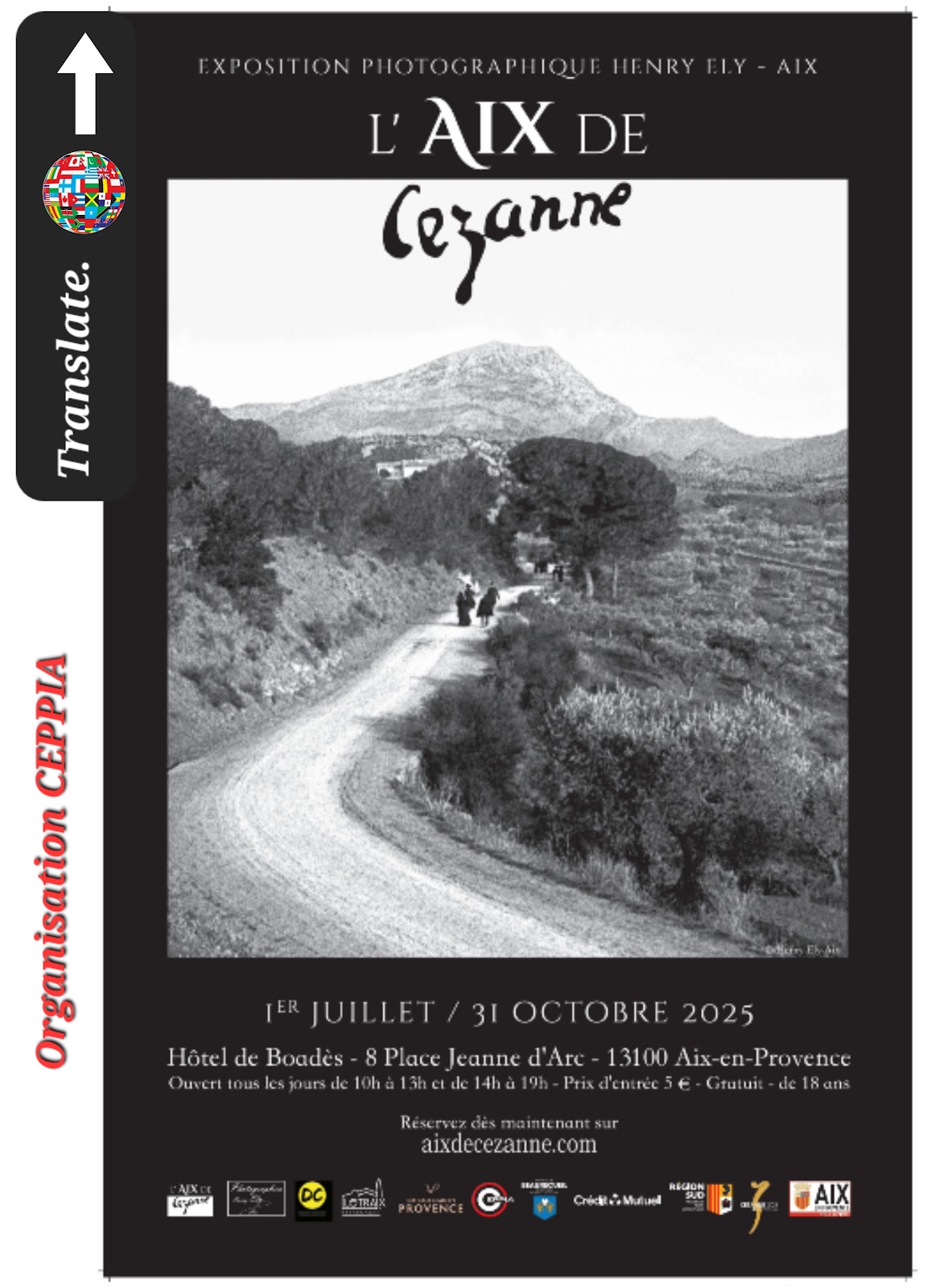John REWALD-US
John REWALD
Born in Berlin
in 1912 into a Jewish family under the name of Gustav Rewald, he died in New
York in 1994. His youth takes place in Germany where he begins graduate studies
in art history.
While he has
been in Paris since 1932 as part of his studies, Hitler’s accession to power in
1933 forced his family to leave Germany for London. He chose to stay in Paris
to continue his studies.
During his stay
in France in the 1930s, he met Leo Marchutz himself a painter and great admirer
of Cézanne’s work. Set up at Château Noir in Tholonet, Leo Marchutz welcomed
him for frequent and long stays from 1933.
When he discovered the Tholonet, the Sainte Victoire and the Cézanne
landscapes, John Rewald was immediately seduced by the beauty of the site and
Leo Marchutz’s enthusiasm for Cézanne’s work. Walking in the company of Leo
Marchutz, he then tries to photograph all the Cézanne motifs. He forms with Leo Marchutz and Fritz Novotny,
Austrian art historian, a trio of enthusiasts and begins with them research on
Cézanne. Following the lead of an Italian art historian, Lionello Venturi , who
had begun in 1936 to draw up a catalogue raisonné of Cézanne’s work, John
Rewald embarked on a work that would last for many years and which he could not
complete before his death. His assistant
Walter Feilchenfeldt and Jayne Warman will continue to write the catalogue, which
will not be published until 1996.
John Rewald
presented a doctoral thesis on the relationship between Cézanne and Zola at the
Sorbonne in 1936.
In 1939, because
of his German nationality, he was considered an enemy and interned for a few
months in a camp. In 1941 he managed to leave France for the United States
where he became an American citizen.
John Rewald then
began a career as an art historian, became a university professor, organized
many exhibitions and advised major American collectors for the purchase of
works by French impressionist and postimpressionists whom he knows very well
since his stay in France.
In 1946 he
published a book, Histoire de l'impressionnisme, which was very well
received by critics. With each new
edition, he enriches his work which refers to this subject. Ten years later, in 1956, he published a
History of Post-Impressionism.
Although he is
in the United States, John Rewald does not forget about Cézanne, of whom he has
become a great specialist over time. He wrote many books on Cézanne.
John Rewald also
organizes many exhibitions around the work of Cézanne. In 1956, he actively
participated with Leo Marchutz to the organization of the first major
exhibition in Aix en Provence, at the Pavillon Vendôme, for the fiftieth
anniversary of Cézanne’s death. (Given the lack of recognition of Cézanne in
Aix en Provence, the exhibition for the centenary of the birth of the painter
had been organized in 1939 in Lyon!) He organizes other exhibitions such as the
very large retrospective at MoMA in New York in 1979.
Together with
James Lord, another art historian, John Rewald created the “Cezanne Memorial
Committee” to collect donations and redeem in 1954 the Atelier des Lauves from
the heirs of Marcel Provence, a lover of Provencal culture and ardent
“defender” of Cézanne. He offers it the same year at the University of Aix en
Provence A plaque testifies to this: «CEZANNE’S WORKSHOP OFFERED TO THE
UNIVERSITY OF AIX EN PROVENCE BY AMERICAN ADMIRERS». The Atelier des Lauves was
sold to the city in 1969. Open to the public since 1954, it is classified to be
permanently protected. It is being extensively restored for the 2025
exhibition.
In 1984, John
Rewald received the gold medal of honorary citizen of the city of Aix en
Provence. Deceased in 1994, his ashes are deposited, according to his last
wishes, at the cemetery of Saint Pierre in Aix en Provence near the tomb of
Cézanne. The City gave its name to a place on the former site of the Forbin
Barracks, he who did so much throughout his life for the knowledge of Cézanne.



